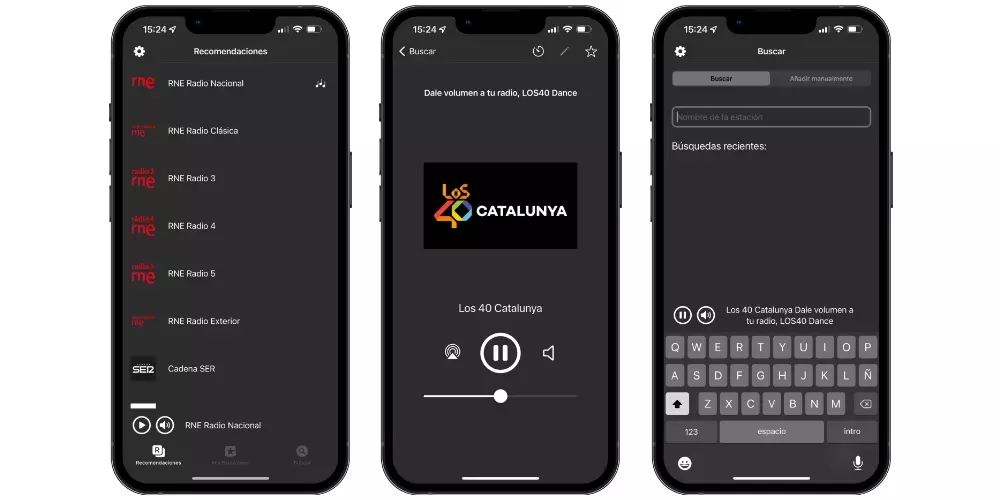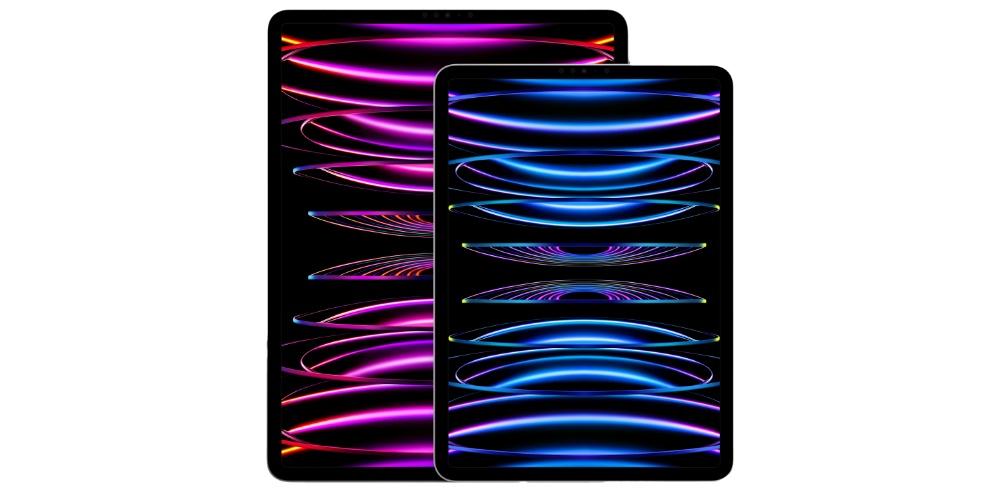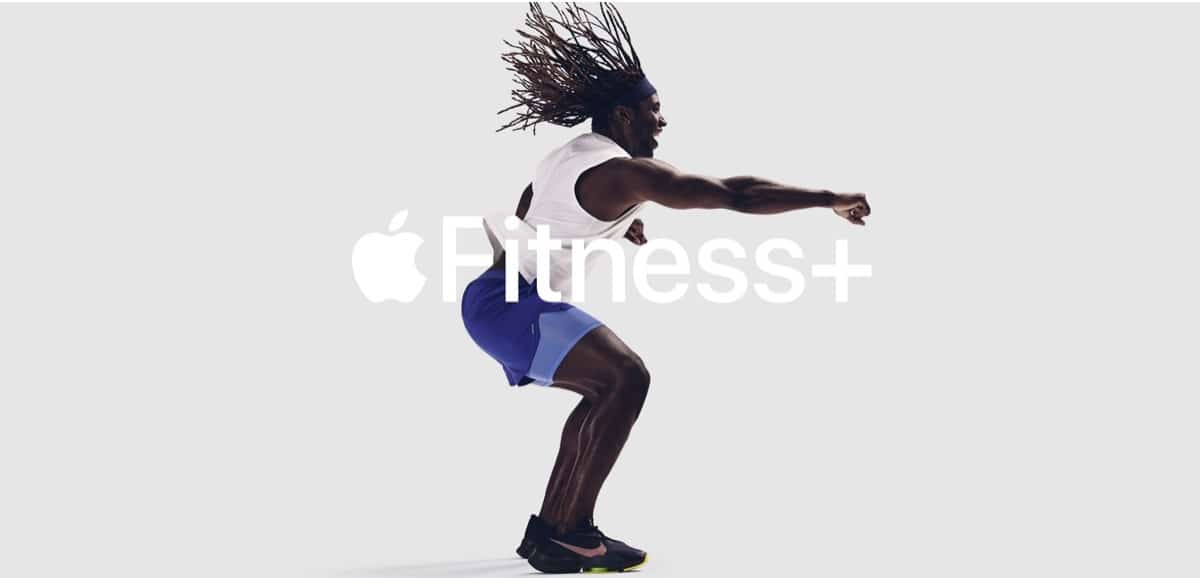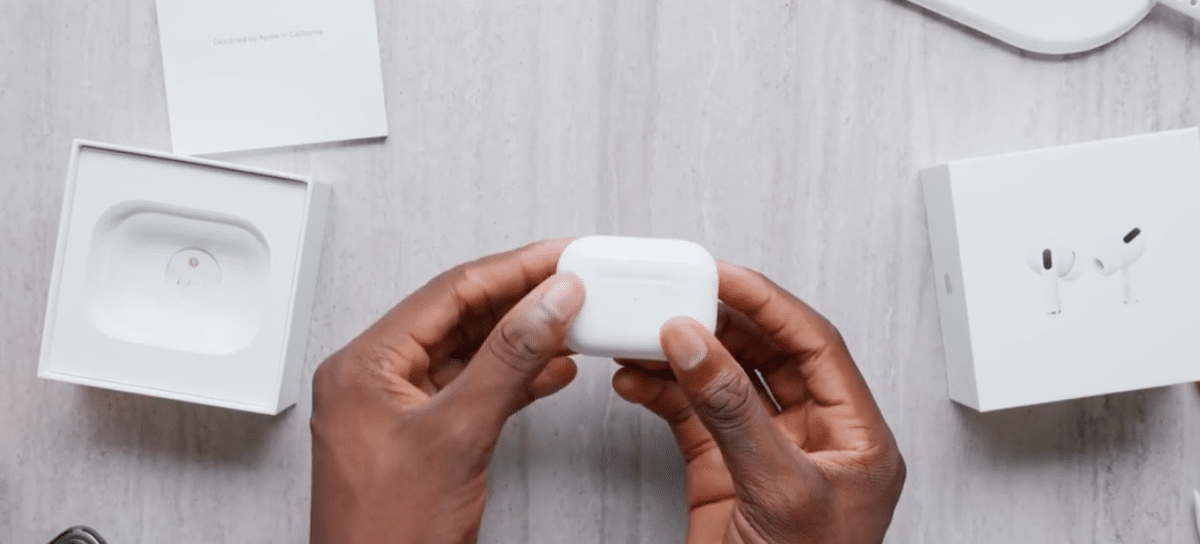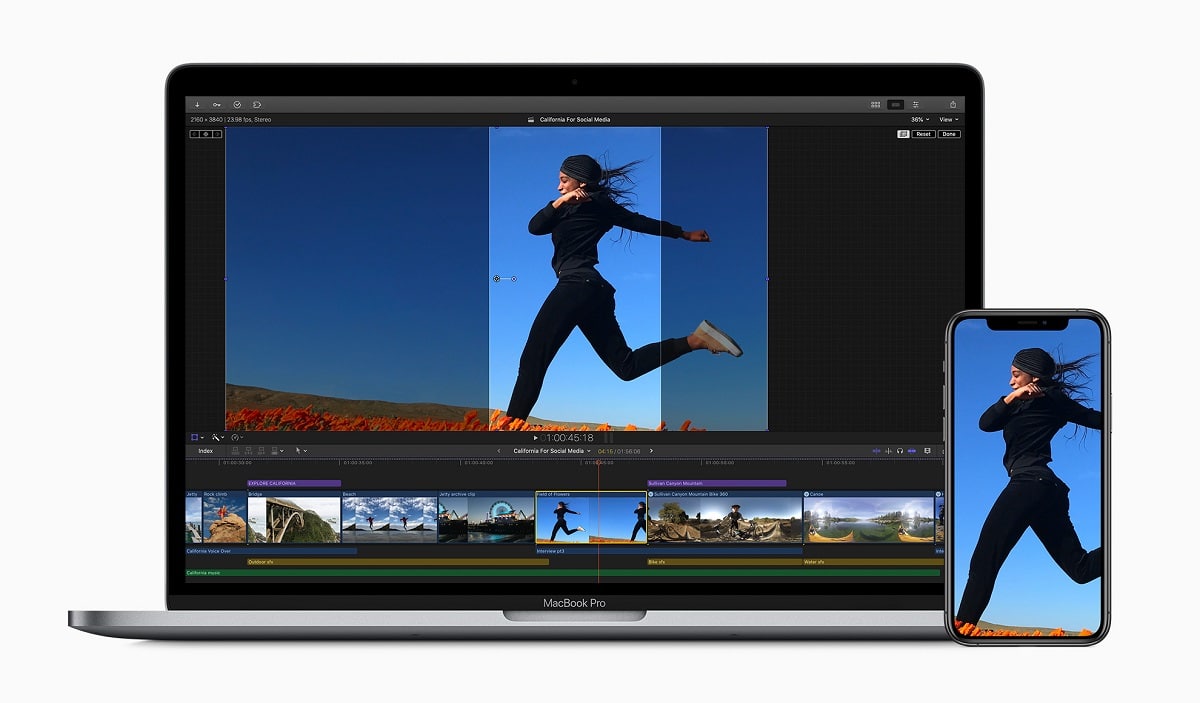
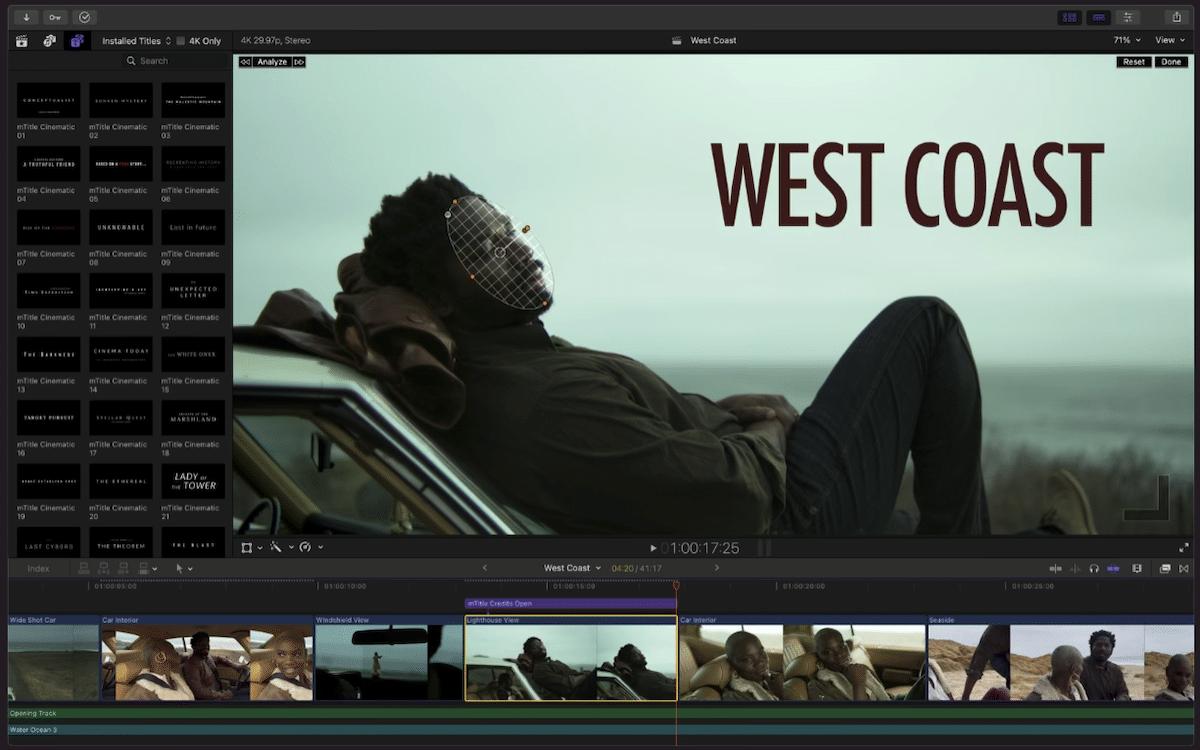
With the release of Final Cut Pro for iPad, things seem to have changed a lot, but really, the power of a Mac is not to be expected from Apple’s tablet. It’s a very good solution that many who use the program appreciate, but it’s like using Photoshop on Mac or iPad. In the end you have to use the computer for all those slightly complex tasks or that need a lot of software and hardware support and it shows. But anyway, we bring you the differences of the program in one and another platform.
All of us who follow the news a bit know that after a long wait, Final Cut Pro, Apple’s professional video editing software, is now available for iPad M1 or newer. It is assumed that now we can then use the iPad as an editor. But you have to keep in mind that there are differences As is logical because the hardware is not the same and it shows.
Library Management
Library management is vital when editing videos, as it ensures that what we are looking for can be found easily. When we manage two or three videos, things are easy, but when it increases and we reach hundreds, things can be chaotic. Here the Mac wins by a landslide. Each Final Cut library on a Mac can consist of several projects and events, making it easy to organize your media library.
On the iPad, however, there is no media library by definition. It’s a simpler approach but that doesn’t hold true when someone puts their heart and soul into this app. One of the worst things is that the app does not offer support for keywords or roles. Also missing is the ability to analyze a video or audio during import.
Problems with audio in videos on iPad
It is not possible in the iPad version to separate the audio from a video. We can stretch or trim the audio track, but it is not possible to separate it from the video file. Although it has all the most commonly used audio editing tools, such as fade-in/out, volume boost, noise removal, and more, and while adding music to the timeline, it is automatically trimmed to fit the video length, this only works for the built-in soundtracks.
Final Cut Pro for iPad lacks plugin support
One of the best parts of Final Cut Pro for Mac is its vast library of third-party plugins. Unfortunately, the iPad version does not support plugins. Therefore, you cannot use your Final Cut Pro plug-ins while he uses his iPad to edit videos.
Not all keyboard shortcuts
There is not much to say. Except that if you are a person who is constantly thinking about editing video, you will know that it is very good idea this of the keys and the possibility of quick access.
It is not so easy to transfer a project between the two devices
If you had plans to start editing a Final Cut project on your Mac and then move it to iPad, you’re in for a disappointment. You can open Final Cut Pro projects from iPad on Mac, but not the other way around. This is because Final Cut projects for macOS are much more complicated, and the iPad version doesn’t support them.
Although we have seen that the differences are several, they are not enough to despise the iPad version but also enough to not be able to rule out the Mac at a stroke because we will have to continue using it for certain actions. Something on the other hand logical. It was not surprising especially when, for example, we have tested the version of Photoshop on Mac and iPad and we have seen the great differences. But still it is very worthwhile to be able to have it in both systems.
